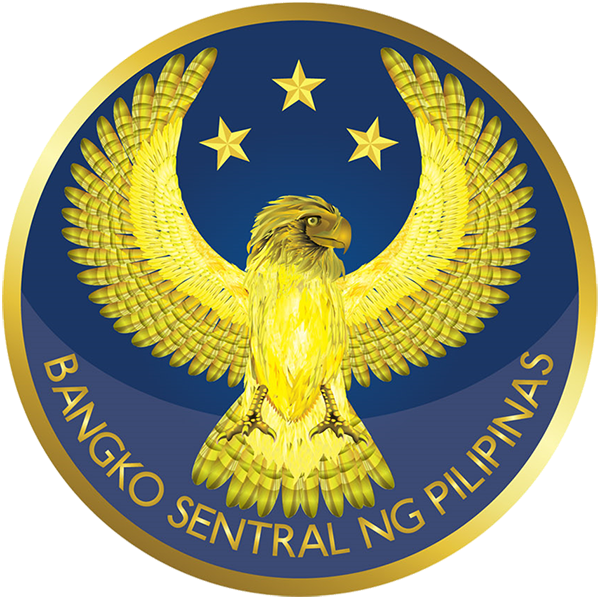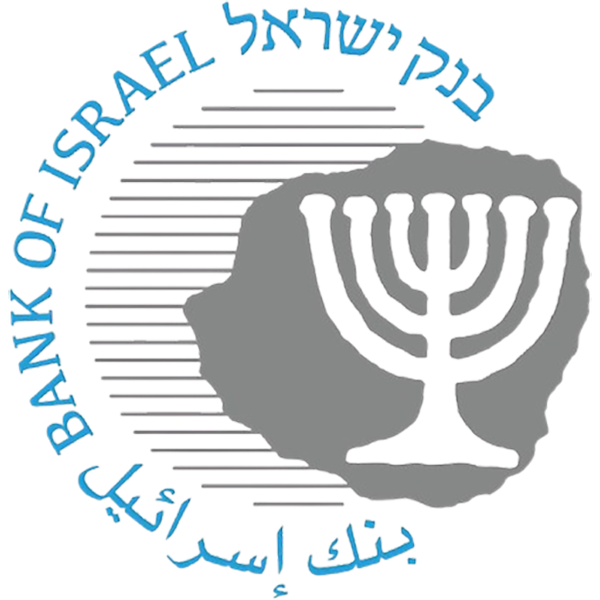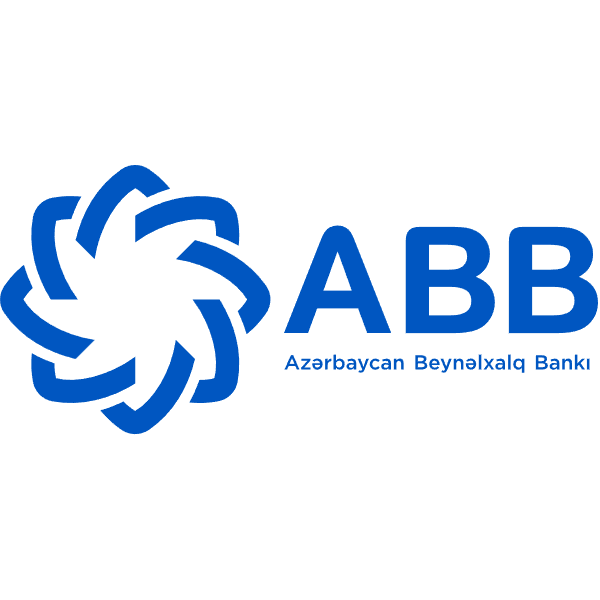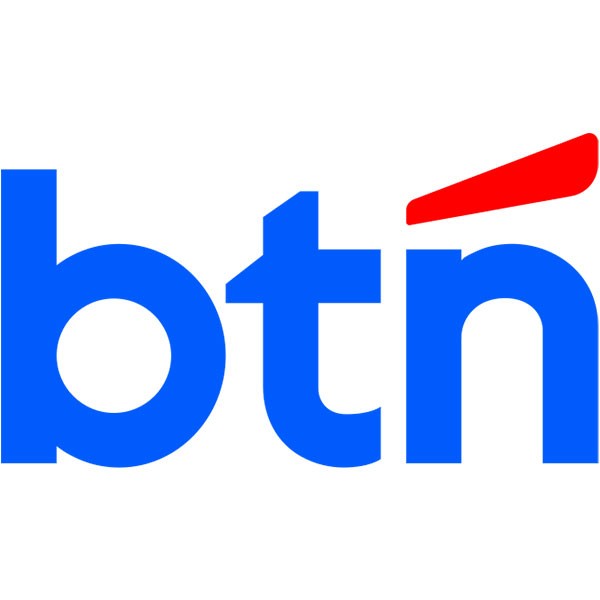Bank Basic Information
Bangko Sentral ng Pilipinas (BSP) is the central bank of the Philippines, established on January 3, 1949 and re-established on July 3, 1993 under the New Central Bank Act. The head office is located in Malate, Manila, Philippines
A. Mabini Street, Malate, Manila. The BSP is an independent government agency responsible for formulating and implementing monetary policy, supervising banks and financial institutions, and maintaining the stability of the financial system.
Scope of ServicesAs
a central bank, BSP's services cover the entire Philippines. Its main responsibilities include issuing currency, managing foreign exchange reserves, supervising banking and financial institutions, and formulating and implementing monetary policy. BSP provides digital services through its official website and the recently launched "BSP Mobile" app, facilitating public access to financial information and services.
The Regulatory & Compliance
BSP is not only the central bank of the Philippines but also the main regulator of banks and financial institutions in the country. It is responsible for overseeing the bank's operations, ensuring that it complies with relevant laws and regulations, and maintaining the stability of the financial system. The BSP is also responsible for implementing the deposit insurance scheme to protect the interests of depositors.
Financial healthAs
a central bank, BSP does not engage in the traditional business of commercial banks, so it is not suitable for indicators such as capital adequacy ratio, non-performing loan ratio, and liquidity coverage ratio. However, BSPs ensure the healthy functioning of the banking system as a whole by developing and enforcing relevant policies.
Deposit & Loan
ProductsBSP does not provide deposit and loan products from commercial banks. Its main responsibilities are to formulate and implement monetary policy and supervise the banking sector and financial institutions.
List of Common Fees
As a central bank, BSPs do not charge the public fees such as account management fees, transfer fees, overdraft fees, or ATM interbank withdrawal fees. These fees are usually charged by commercial banks.
DigitalService ExperienceBSP
launched the "BSP Mobile" app in April 2025 with the aim of improving public access to financial information and services. The app offers the following features:
access to key rates and announcementslocating
BSP offices and coin deposit machines, submitting
complaints via chatbots
, and receiving BSP news and notifications
The app is designed with the user in mind, supporting offline access and personalization features that enhance the user experience.
The Customer Service Quality
BSP offers a variety of customer service channels, including phone support, live chat, and social media response. Based on user feedback, BSPs do a great job of handling complaints, usually resolving issues within two weeks.
Security
MeasuresBSP works to ensure the security and stability of the financial system. It has implemented a number of security measures, including:
deposit insurance scheme, protecting the interests of depositors
, anti-fraud technology, such as real-time transaction monitoring
data security measures, to ensure the security of user information
Featured Services & Differentiation
High Net Worth Client Services: Customized wealth management and private banking services for high-net-worth individuals.
Digital services: Convenient account management and secure transaction functions through advanced mobile banking and online banking platforms.
Green Finance and ESG Investment: Supporting sustainable development projects and ESG investment to meet the needs of responsible investors.
Community Development: Provide microcredit and rural development programs, promote financial education and social responsibility projects.
Cross-border remittance services: Provide convenient and low-cost cross-border remittance services for overseas Filipino workers.
Comprehensive financial services: In addition to deposits and loans, it also provides diversified financial products such as securities investment, insurance and trust.
Innovative collaborations: Partnering with technology companies to drive digital payments and emerging financial services.










